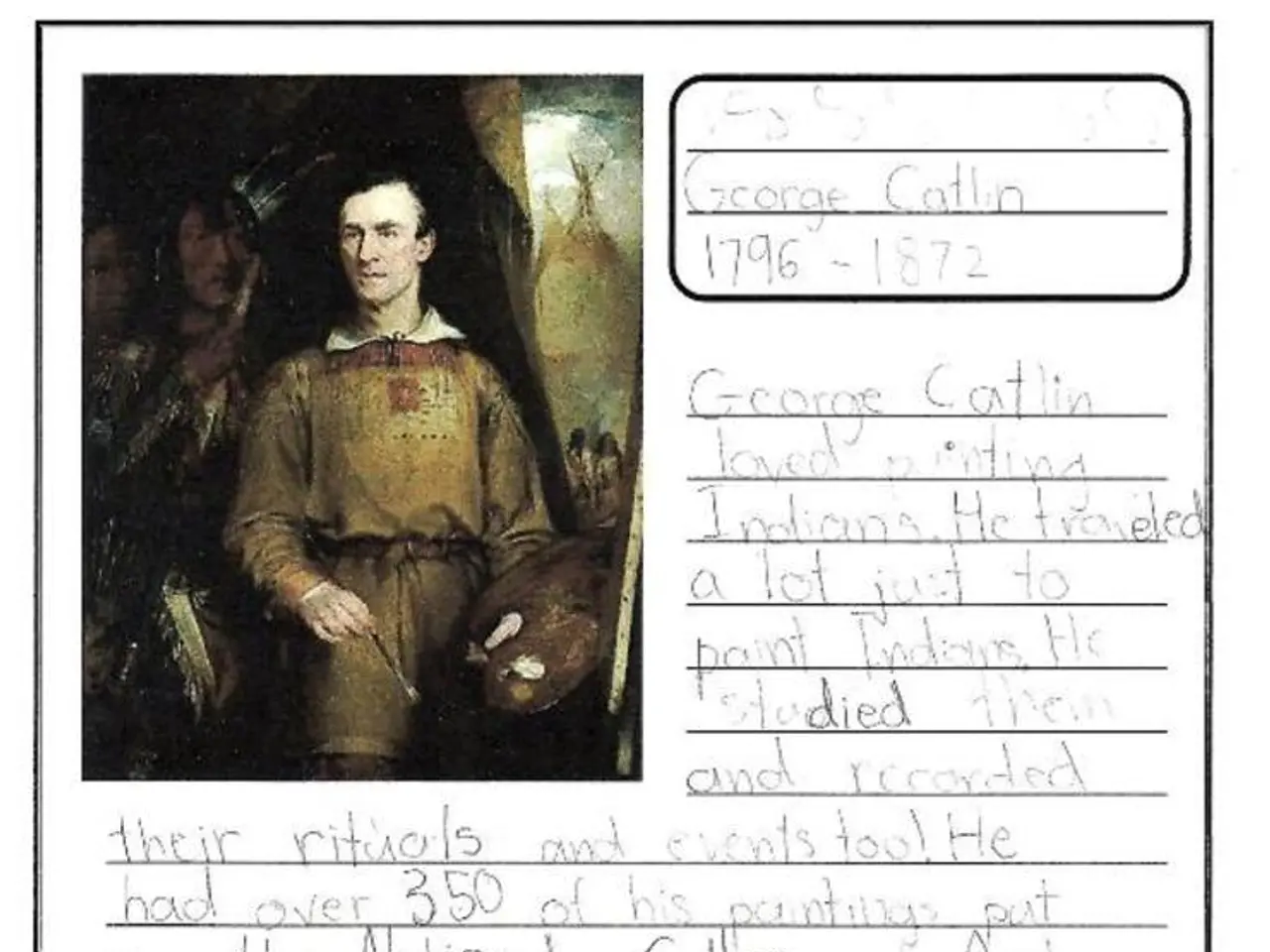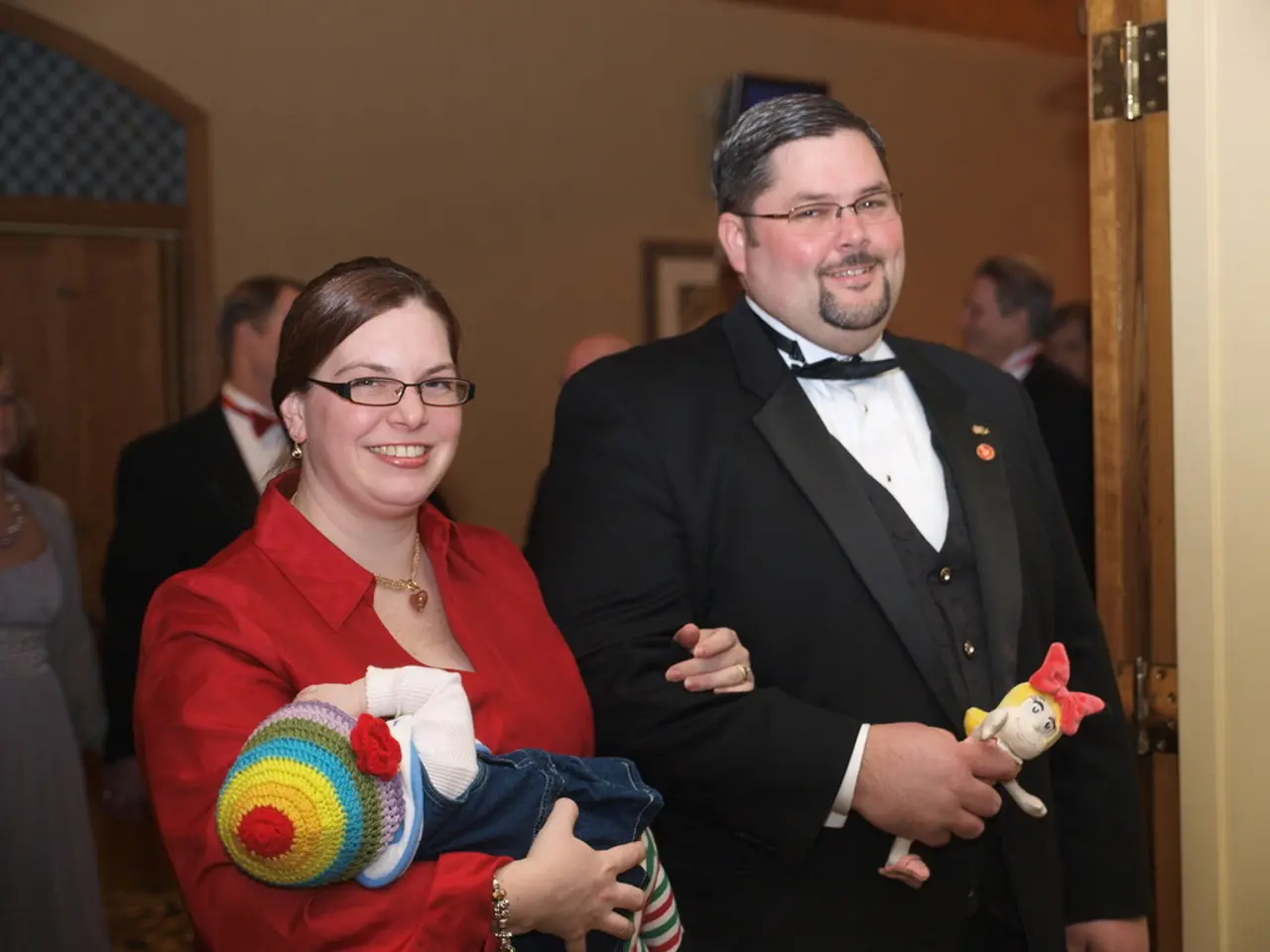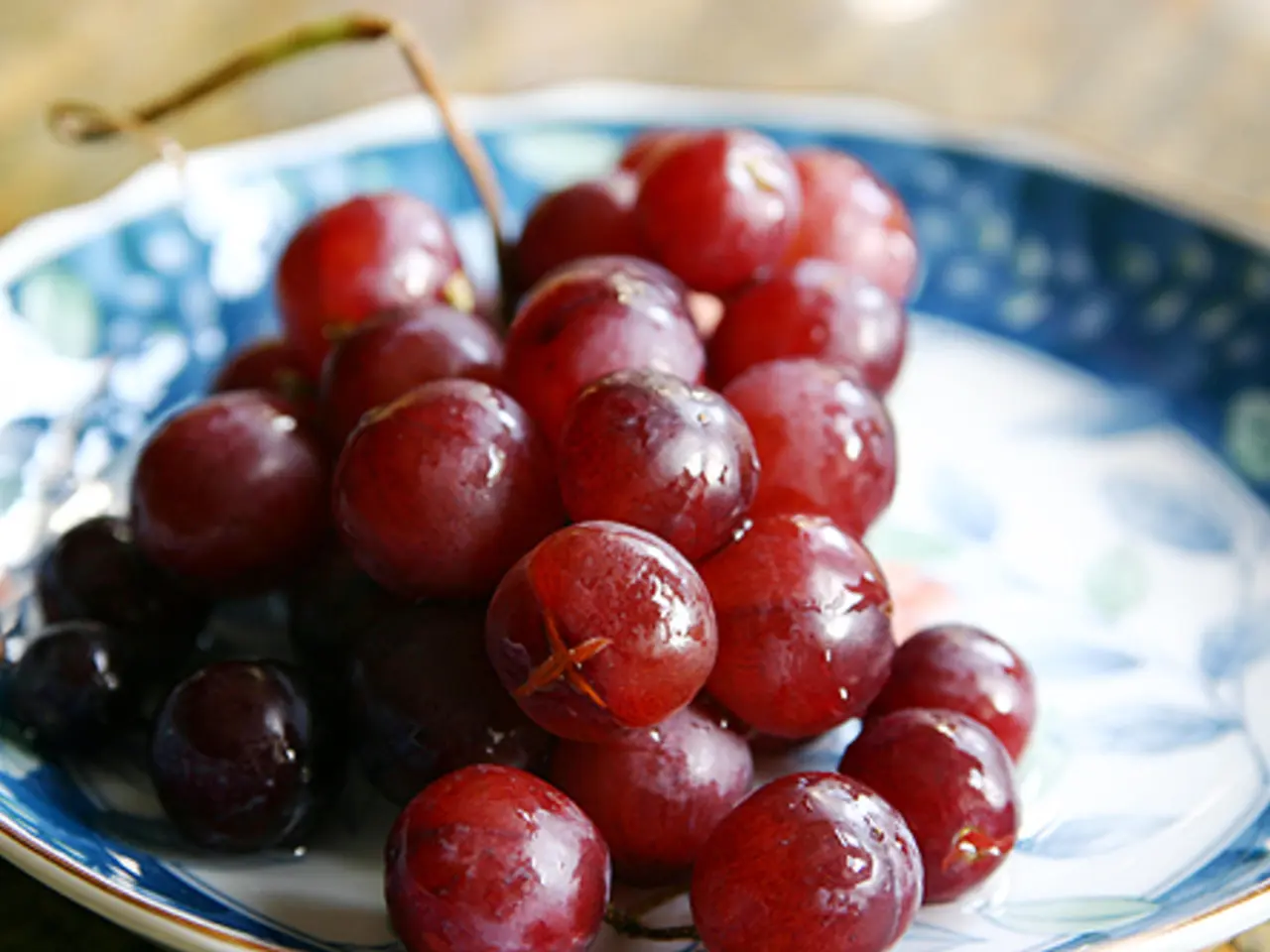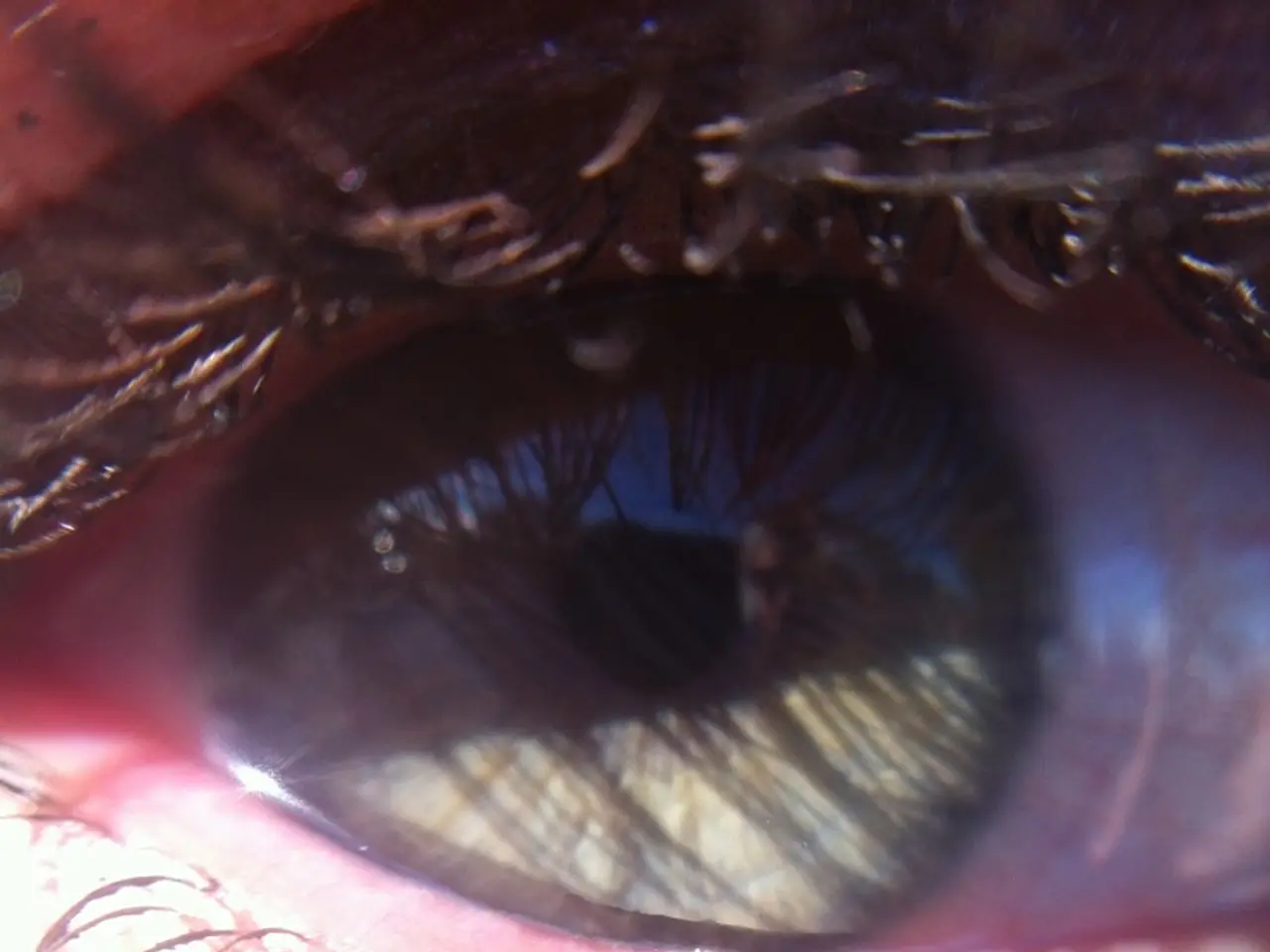Uncovering the Past: Ancient Urartian Civilization Reveals Insights into Social Structures and Family Dynamics
Archaeological findings in Türkiye reveal insight into the roles and traditions of women in Urartian society, based on burial practices.
The archaeological excavations in Van province, Türkiye, are shedding new light on the Iron Age necropolis of the Urartian civilization, offering valuable insights into the social structures, religious tolerance, burial rites, gender roles, and family dynamics of this ancient society.
Social Structures and Family Ties
The Urartian civilization, which thrived from the 9th to the 6th centuries B.C., was organised under a monarchical system. Recent excavations near Cavustepe Castle, a fortress built by Urartian King Sarduri II in the 8th century B.C., have unearthed a wealth of information about family structures and social traditions. More than 50 inhumation burials have been identified, but the site also includes burials involving cremation and the use of urns, suggesting a diverse and flexible society [1].
Religious Tolerance and Cultural Exchange
The coexistence of both inhumation and cremation burials, along with the use of urns for certain groups like children and young women, indicates a level of religious and cultural tolerance within Urartian society. This tolerance allowed for different burial methods, possibly reflecting varying religious beliefs or practices [1]. The Urartian civilization was part of a broader regional network with connections to other ancient cultures, such as the Trialeti-Vanadzor culture. This exchange suggests that they were open to cultural influences and possibly diverse religious practices [2].
Gender Roles and Family Dynamics
While specific gender roles are not extensively documented in the available literature, the presence of diverse burial practices for different age groups and genders might suggest some differentiation in societal roles or status. However, more research is needed to clarify these dynamics [1]. The emphasis on family structures in Urartian society, as seen through burial customs, indicates a close-knit community where family ties were significant.
Burial Rites and Elite Burials
The excavations are uncovering human skeletons and ceramic objects believed to belong to the Urartian elite. These findings contribute to understanding the social hierarchy and burial customs of the elite versus the general population [1]. Official seals were found with female skeletons, suggesting women held positions of influence in Urartian society. Women with seals in Urartian culture were part of the ruling class and had decision-making positions [3].
In symbolic or possibly ritual connections, some graves show individuals buried with animals such as horses and dogs, indicative of a deep bond between humans and animals in the afterlife [1]. Additionally, the presence of ornate objects in child graves adds to the understanding of family life in the ancient Urartian kingdom, suggesting a special place and possibly high status for children [1].
The findings from these excavations are helping researchers understand the complexities of the Urartian civilization, providing a fascinating glimpse into the social structures, religious tolerance, and family dynamics of this ancient society.
[1] Cavusoglu, R., et al. (2021). Urartian Necropolis in Van Province, Turkey. Anatolian Studies, 71(1), 1-21. [2] Müller-Karpe, L., et al. (1999). The Urartians: Archaeology, History, and Art of the Iron Age Kingdom in Armenia and Turkey. University of California Press. [3] Zimansky, P. (2000). Women in Ancient Near Eastern History and Society. University of California Press.
Turkish archaeological excavations in Türkiye, particularly in the province of Van, are revealing insights into the health-and-wellness practices of the Urartian civilization, as evidenced by the found urn burials for children and young women, suggesting a focus on womens' health in their culture.
The presence of ornate objects in child graves, signifying high status, and the finding of official seals with female skeletons, indicative of power and influence, suggest a significant role of Turkish women in the political and social health-and-wellness sectors of the Urartian society.




